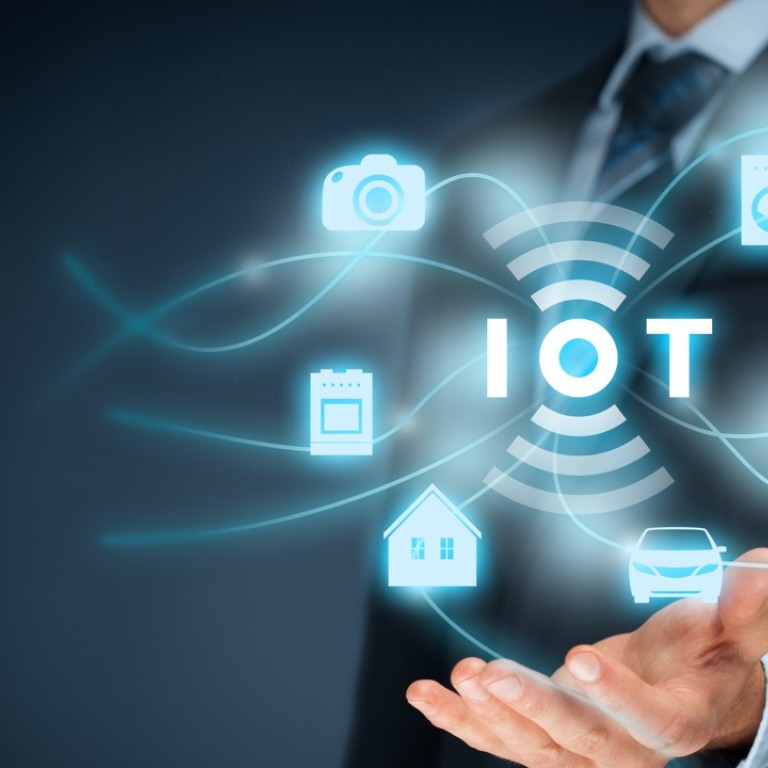
Cities must aim higher if they’re to be ready for the Internet of Things
Without an ambitious approach to innovation at the city level, we will constantly be playing catch up with new technology
Ask Kevin Ashton what he meant when he reportedly coined the term “Internet of Things” while working at MIT before the turn of the last millennium and he’d probably tell you he meant computers evolving to becoming independent actors capable of understanding and reacting to events around them, not dependent on the human input of data.
The concept is relatively straightforward. But the Internet of Things – like the smart cities it will eventually support – has been the confine of tech wonks and grand thinkers in city halls for too long. Once you understand the simplicity of the idea, you can start to truly appreciate its enormous potential.
We may be some way off flying taxis or food delivery by drone becoming the norm. But it’s possible solar-powered buildings will be capable of running themselves, storing excess energy and offering it to vehicles in the area. Drivers could save more than 60 unproductive hours a year through instantaneous alerts of available parking spaces.
But city governments across the globe have set their ambitions too low. This isn’t simply about more efficient toll roads or more responsive public transport, but fundamentally transforming the way people interact with the built environment around them. A fully fledged Internet of Things opens a wealth of possibilities, and cities must set their sights higher.
It’s important we get this right. Urban populations around the world are growing by 60 million people each year. More than half of the world’s population currently live in cities. This number is expected to grow by 2.5 billion by 2050. And most of this growth will come in Africa and Asia, where infrastructure within cities can be varied at best. The lack of a proper plan could exacerbate the divide between wealthy and deprived areas in developing nations.
Without an ambitious approach to innovation at the city level, we will constantly be playing catch up with new technology as and when it comes. We’ll always be reacting and on the back foot. Whereas, if we set our sights higher we can get ahead and plan for the cities of the future, not the present.
Barcelona has set the standard with its own operating system, bringing together more than 20,000 smart meters to create a living, breathing web of roads, waste collection, traffic lights, public transport and parking spaces, all communicating with each other constantly.
And here in Hong Kong, the smart-city blueprint unveiled at the end of last year covers some good points, from boosting virtual banking to installing 1,200 traffic detectors across the city. But it could go further.
We’ll see this from the initial phase of smart-city plans as they are rolled out across the globe. While worthwhile, there is too much focus on making our current interactions with the outside world more efficient. And not enough on preparing for the technology that will force much urban infrastructure into obsolescence.
For the built environment, the potential of this wave of innovation is enormous. Driverless cars – subject of tense competition between companies in Silicon Valley – will do away with monolithic car parks choking our city centres of green space. Machine learning and artificial intelligence will make the supply of energy in towns far more agile, able to predict usage ahead of time and drastically reduce humans’ impact on the natural environment. With all that’s possible, it’s time for cities to rise to the occasion, be smart and embrace the future of the Internet of Things.
Jonathan Ballon is vice-president for Internet of Things at Intel Corporation and is speaking at the RICS World Built Environment Forum Summit in April
